Search
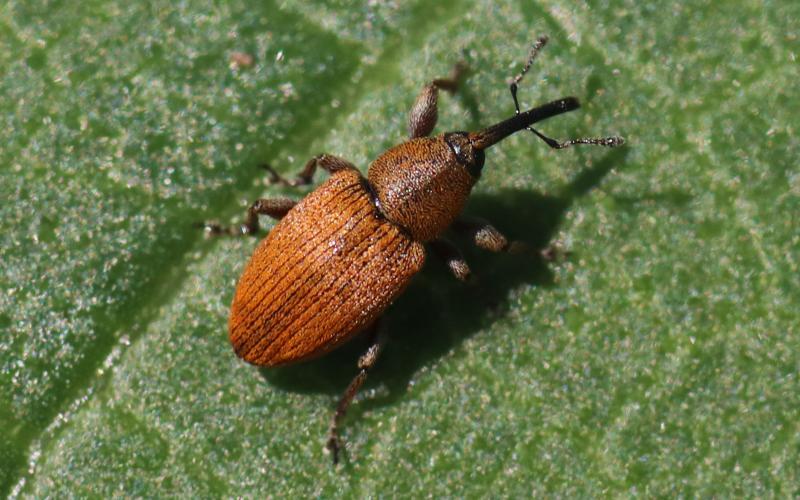
Red Sunflower Seed Weevils in South Dakota
Fact sheet on red sunflower seed weevils in South Dakota

SDSU Extension Silage/Earlage Calculator
The Silage/Earlage Calculator is designed to help corn and livestock producers answer questions regarding the value of standing fields of corn either as grain, silage and earlage.

Keeping Your Poinsettia Alive for Next Christmas and Getting It to Re-Bloom
With proper care, the poinsettia’s vibrant colors can be maintained throughout the year. Learn some tips tfor keeping poinsettias thriving and blooming again for the next holiday season.
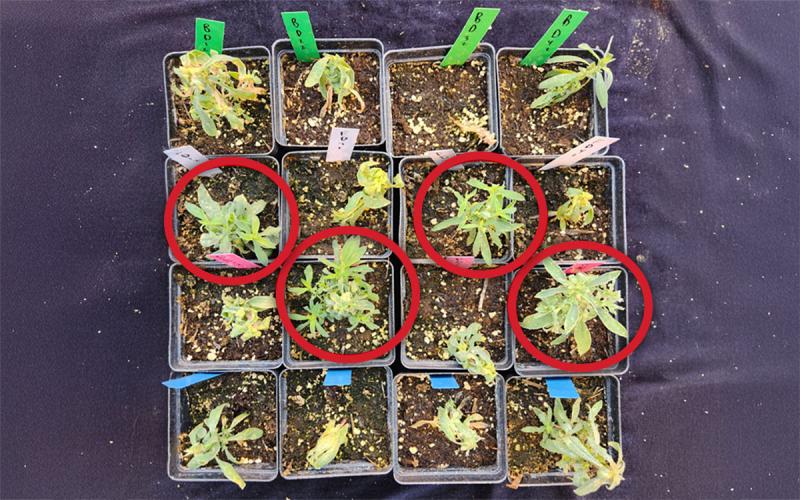
Dicamba-Resistant Kochia Can Likely Be Found Across South Dakota
Kochia populations collected across South Dakota have been subjected to an herbicide effectiveness screen, where a treatment of dicamba was applied and some kochia plants exhibited survival and regrowth after treatment.

Fusarium Head Blight Update: May 29, 2025
Fusarium head blight, also known as scab, is a fungal disease that infects wheat heads during flowering. Recent weather conditions across South Dakota have provided the environment needed for Fusarium head blight to begin infection.
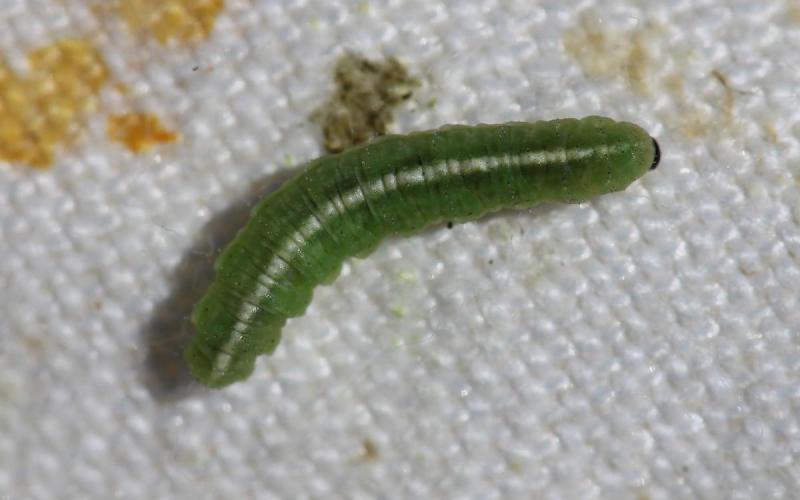
Alfalfa Weevil Activity Prediction Update: May 29, 2025
The lowest calculated degree days in South Dakota indicate that fourth instar larvae should be active, while the highest calculated degree days suggest that pupation is occurring in the field.
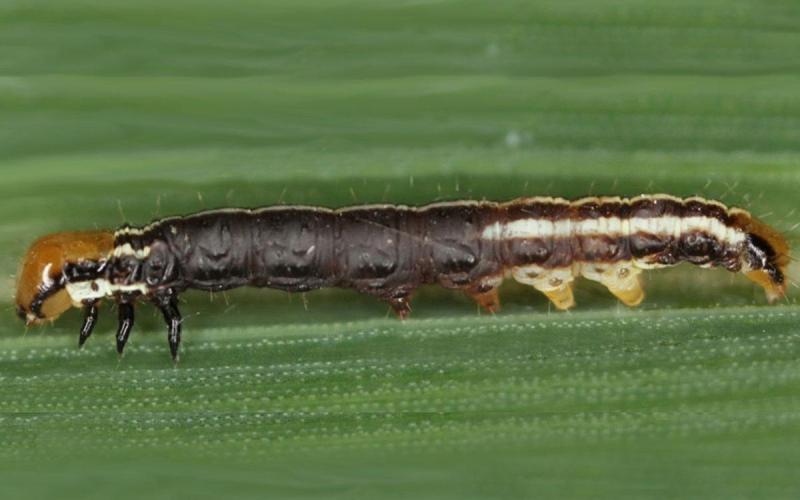
Common Stalk Borer Activity Estimate: May 29, 2025
Based on degree day estimates for common stalk borer caterpillar activity, no scouting in corn fields is necessary at this time.
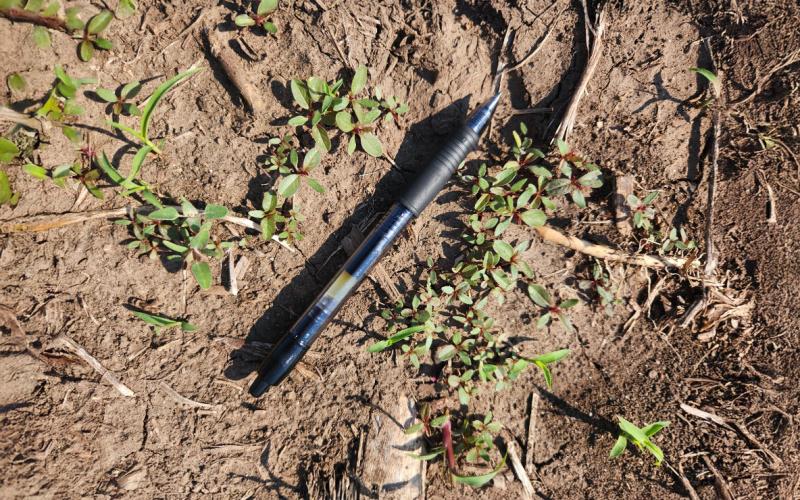
Waterhemp Has Emerged in South Dakota: Time to prepare for post-emergence management
Waterhemp has started to emerge across South Dakota. While waterhemp plants are small now, recent rain events and forecasted warmer air temperatures are ideal for waterhemp growth.
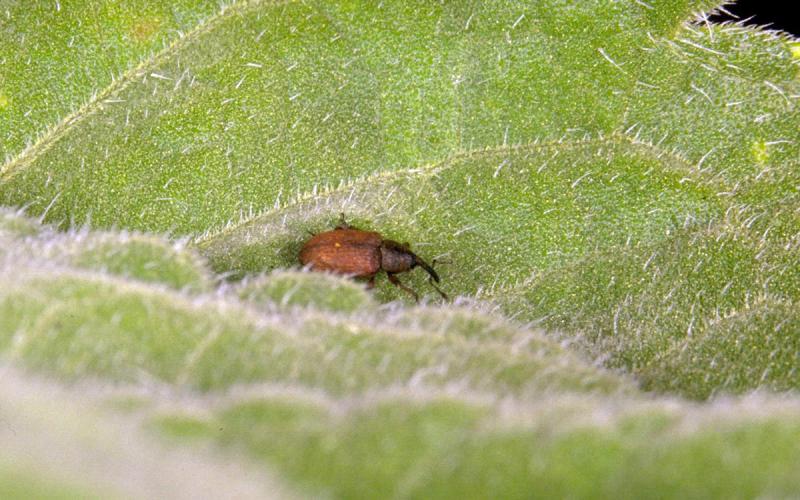
Malathion receives special local needs approval to treat red sunflower seed weevils in South Dakota from July 15 to August 31, 2025
The request was submitted and approved by the Environmental Protection Agency due to the large populations of red sunflower seed weevil present in South Dakota that are resistant to pyrethroid insecticides.
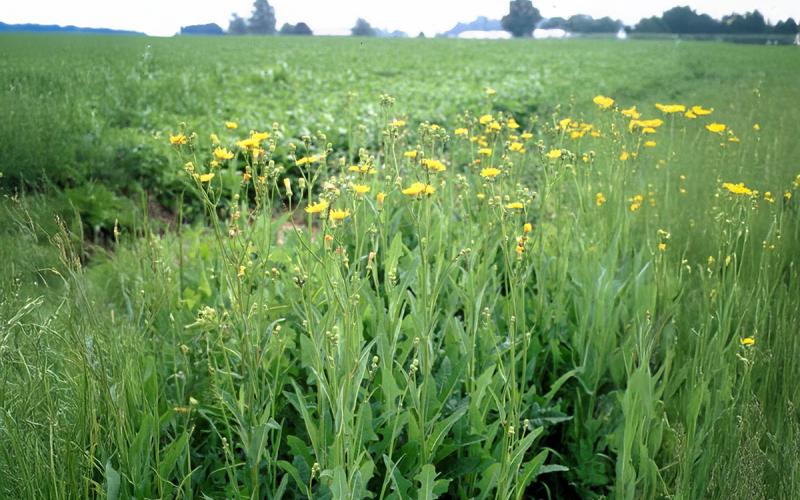
Perennial Sowthistle Management
Perennial sowthistle inhabits roadsides, pastures, rangelands, and croplands. It can be abundant in overgrazed, over-hayed, or over-mowed areas, as there is little desirable vegetation to compete against the weed.